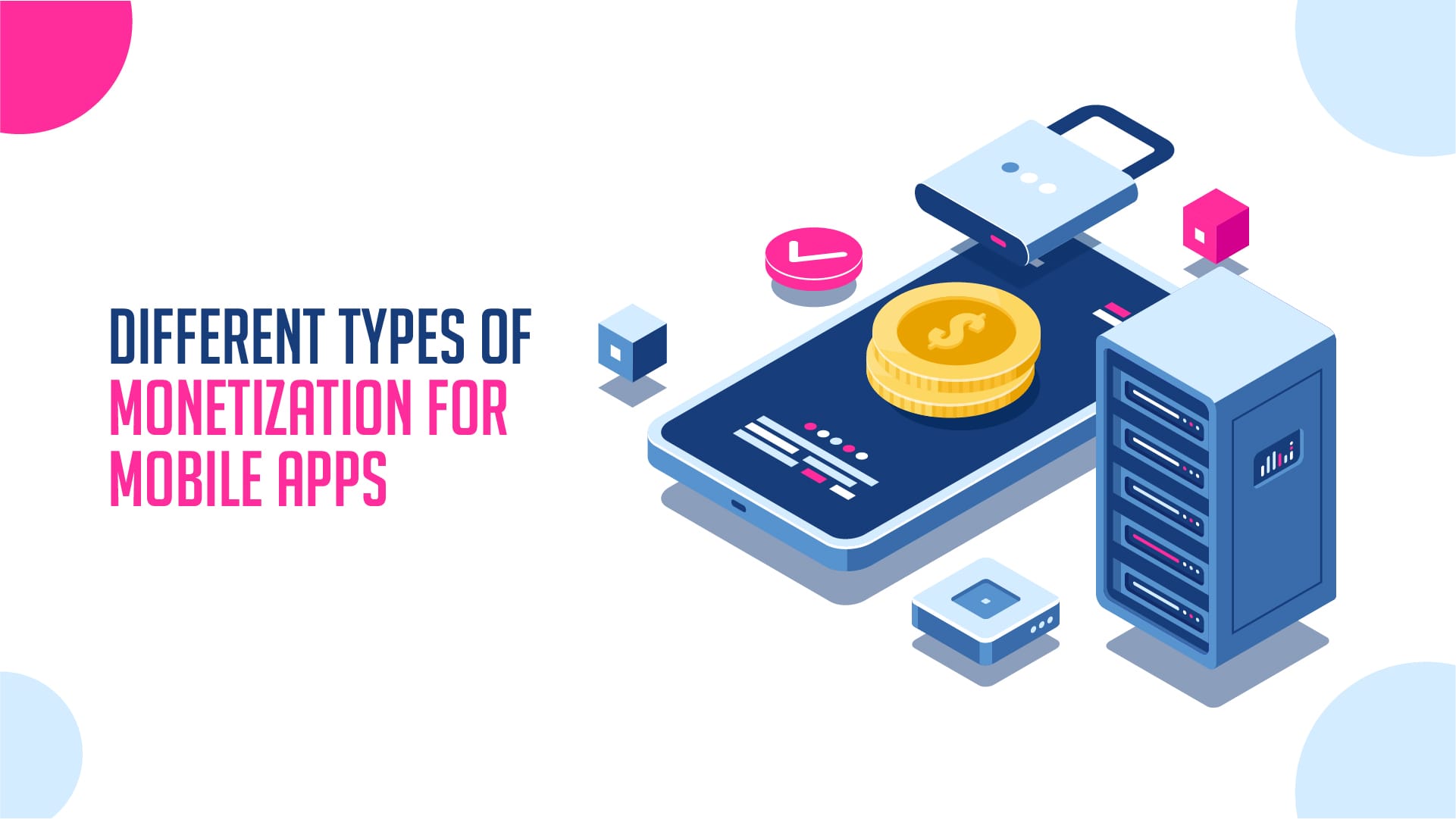Google’s Strategy for Mobile Monetization
The Rise of Mobile Advertising
By the early 2000s, Google was dominant in online search advertising on desktop. However, mobile was emerging as the next big platform for internet access. In 2007, Apple launched the revolutionary iPhone and it became clear that mobile would soon surpass desktop usage. This alarmed Google, as they worried about losing control over the gateway to the internet if Apple became dominant in mobile like Microsoft was in desktop. Google realized they needed a strong mobile platform of their own. In 2008, they had acquired Android Inc and began aggressively developing the Android mobile operating system. Android was released in 2008 as open source, allowing device manufacturers to customize it freely. Google’s strategy was to get Android and their core apps pre-installed as defaults on as many phones as possible worldwide.
Location-Based Mobile Ads
One obvious format for mobile ads that gained popularity was location-based advertising.Ads could now be targeted to users based on their physical location. For example, showing ads for nearby stores, restaurants or services when a user was in a certain area. Search ads also began incorporating location, so searches for things like “gas stations near me” would surface local business listings. This opened up immense new possibilities for hyperlocal advertising on mobile.

Connecting Online & Offline Purchases
Another innovative area was using mobile to connect online browsing behaviors to offline purchases. For example, hotels could sync the TV advertising in rooms to what guests had searched or browsed online previously. Search results themselves could incorporate shopping solutions like adding items to online carts or getting directions to physical stores directly from search ads. This blurring of lines between online and offline was a new revenue stream for advertisers.
How Google Monetizes Android
Google does not charge device makers to use the Android platform itself. However, to be part of the larger Android ecosystem and gain access to services like Google Play, they must agree to pre-install key Google apps by default.
Google Play Store
A core part of this strategy was the Google Play app store. With over 2.5 million apps and exclusive access to major Google services, the Play Store gave Google leverage over OEMs. Google earns 30% of app/game revenues and in-app purchase revenues from Play Store. With over 85% of smartphones worldwide running Android, this is a huge and growing profit center.
Digital Advertising on Apps
Google also generates massive advertising income from the huge number of monthly active Android devices worldwide. Through services like Google Mobile Ads and AdMob, Google supplies ad space within billions of mobile app installs and usage sessions each month. This allows Google to profit off third-party app usage beyond just their own apps.
Pre-Installed Google Apps
To access Play Store and other benefits, Android OEMs must agree to pre-install Google’s core suite of apps by default. This includes Search, Maps, Gmail, Chrome, and more. With these apps already on hundreds of millions of phones at first boot, Google has a built-in captive audience for serving targeted ads. Reports estimate Google earns between 30-50% of the device retail price from OEMs in these pre-installation deals alone.
Amazon - The Disrupter
Amazon developed their own Android-based Fire OS and tablets to bypass Google’s dominance. They did not license Google Mobile Services like Play Store, forcing their own Amazon Appstore instead. This allowed Amazon to avoid both Play Store revenue sharing and pre-installation licence payments to Google.
Alternative App Ecosystem
While smaller than Google Play initially, Amazon were able to attract many developers by waiving their Appstore cut for the first year. They also pre-installed their own apps to directly compete with Google’s. This disruption threatened Google’s tight control over the Android ecosystem and advertising revenues.
Blurring App Boundaries
Amazon also innovated new models like integrating apps into the Fire OS launcher rather than standalone downloads. Purchased content and subscriptions could also span devices. This challenged the traditional boundaries between apps and the operating system itself that Google had leveraged for profitability.
Future of Strategic Battles
Google’s strategy of delivering a free and open Android while profiting massively through advertising and app store revenues has been overwhelmingly successful so far. However, companies like Amazon and smartphone OEMs growing in strength pose ongoing threats to this model. Strategic battles over control of the mobile ecosystem, app discoveries and in-app experiences will continue defining industry profits in the coming years. With mobile usage only rising, the economics of the platforms people depend on daily will remain fiercely competitive.
